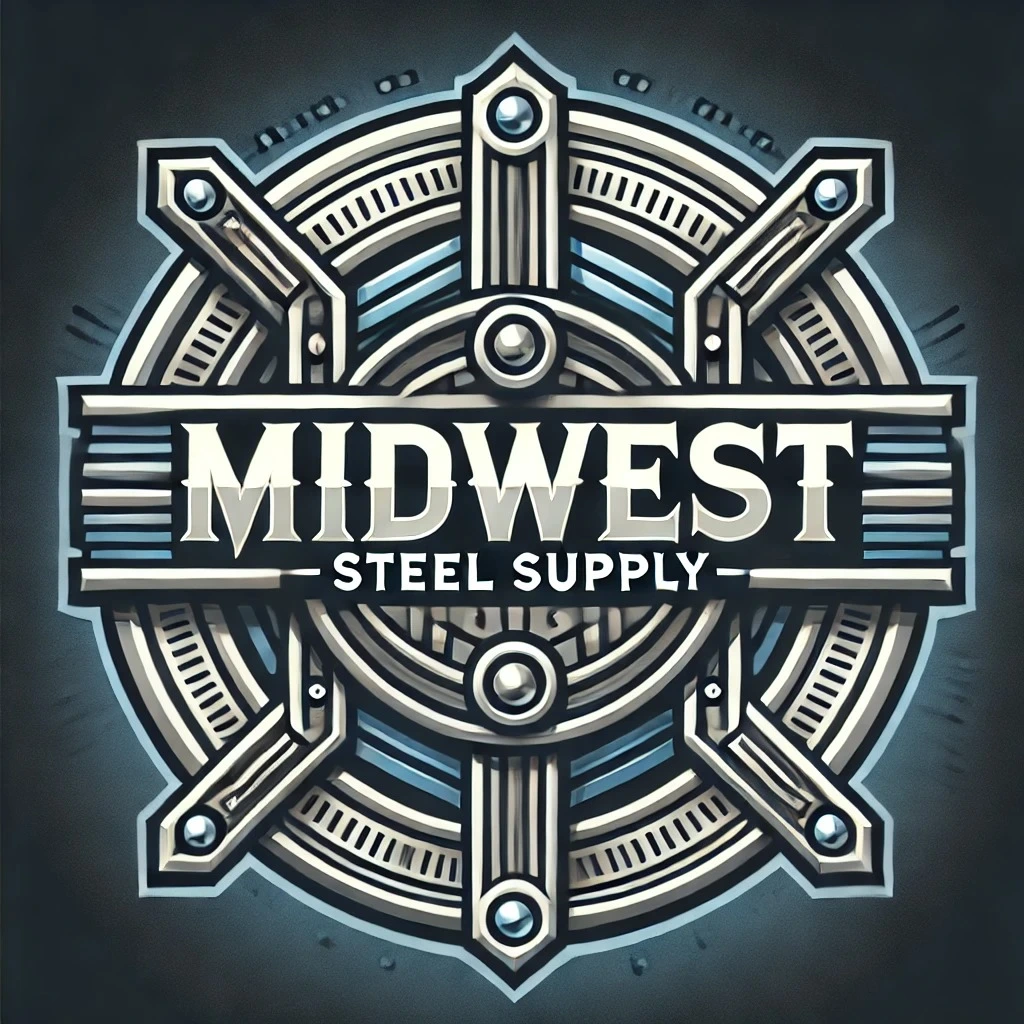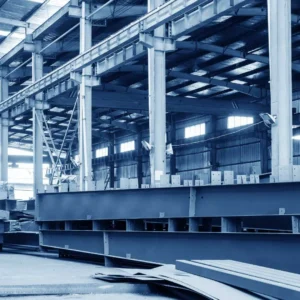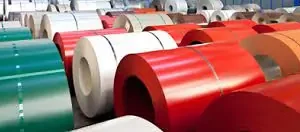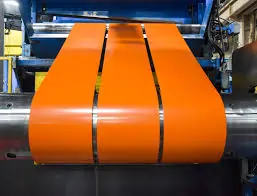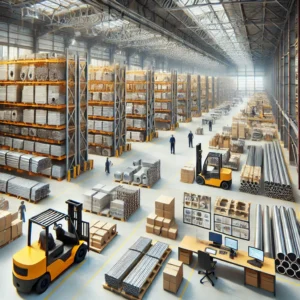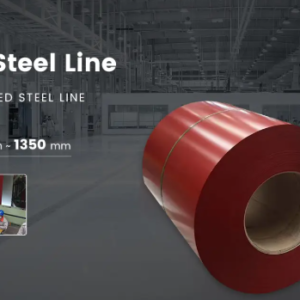Steel Channels: Types, Applications, and Advantages
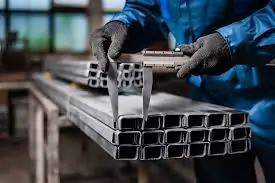
Steel Channels: Types, Applications, and Advantages
Steel channels are one of the most versatile structural elements used in the construction and manufacturing industries. With their distinctive “C” or “U” shaped cross-sections, steel channels offer strength, stability, and support in a wide range of structural applications. Their utility, durability, and adaptability make them a popular choice for engineers, architects, and builders across various industries.
What Are Steel Channels?
A steel channel is a roll-formed metal component with a wide, flat surface and two vertical extensions on either side, forming a shape resembling the letter “C” or “U.” These flanges (vertical sides) provide additional strength and load-bearing capacity, while the flat surface (known as the web) offers a base for mounting or joining to other materials.
Steel channels are typically made from hot-rolled carbon steel, stainless steel, or aluminum and can come in a variety of sizes and thicknesses to suit different structural requirements.
Types of Steel Channels
There are several types of steel channels, each designed for specific purposes. The most common types include:
1. C-Channels (Standard Channels)
C-channels are the most commonly used steel channels. Their “C” shape gives them excellent structural integrity, especially when installed vertically. These are often used in building frames, support structures, and automotive applications.
2. U-Channels
U-channels are similar to C-channels but have shorter flanges, making them more suitable for edge trims and enclosures rather than load-bearing structures. They are commonly used in decorative, mechanical, and finishing applications.
3. Hat Channels
Hat channels have an inverted hat-like shape and are often used in ceiling framing, wall furring, and panel installations. They provide excellent structural support for covering systems and help in moisture and sound insulation.
4. Structural Channels
Structural channels, also called American Standard Channels (AISC C-channels), follow standardized dimensions set by the American Institute of Steel Construction. These channels are widely used in bridges, buildings, and heavy-duty frameworks.
5. MC Channels (Miscellaneous Channels)
MC channels are similar to C-channels but have non-standard dimensions. They are often custom-made for unique structural needs and are typically used in construction projects requiring specific sizes.
Applications of Steel Channels
Steel channels are incredibly adaptable and are used in a wide array of applications across industries. Some of the most common uses include:
1. Construction and Infrastructure
Steel channels are a staple in the construction industry. They are used in building frames, wall studs, roof purlins, floor joists, and bridge supports. Their strength and flexibility make them ideal for both commercial and residential construction.
2. Manufacturing and Industrial Equipment
In manufacturing, steel channels serve as frames for heavy machinery, conveyor systems, storage racks, and support structures. Their rigidity and resistance to deformation make them suitable for industrial use.
3. Automotive and Transportation
In automotive and transportation industries, steel channels are used in chassis, trailer frames, and structural components. They help reduce the overall weight of vehicles while maintaining durability and strength.
4. Shipbuilding and Marine Structures
Steel channels are often used in shipbuilding for internal framing and structural support due to their corrosion-resistant properties when made from stainless steel or galvanized steel.
5. Solar Panel Mounting Systems
In renewable energy installations, particularly solar panels, steel channels are used to mount and align solar panels on rooftops or ground systems. Their shape and strength provide secure anchoring and support.
Advantages of Steel Channels
Steel channels offer numerous advantages that make them a preferred choice across different sectors:
1. High Strength-to-Weight Ratio
Despite being lightweight, steel channels can bear heavy loads, making them ideal for structural applications where weight needs to be minimized without sacrificing strength.
2. Versatility
Steel channels are suitable for a variety of applications, including framing, bracing, mounting, and reinforcement. Their shapes allow for easy integration with other components.
3. Ease of Fabrication and Installation
Steel channels are easy to cut, weld, drill, and bolt, which simplifies fabrication and installation processes. This also helps reduce labor costs and construction time.
4. Corrosion Resistance
When made from stainless steel or coated with protective layers (e.g., galvanized), steel channels offer excellent resistance to corrosion, increasing their lifespan in harsh environments.
5. Cost-Effective
Due to their availability, strength, and ease of installation, steel channels are a cost-effective choice for many projects. They offer long-term value due to their low maintenance requirements and durability.
6. Recyclability
Steel is one of the most recycled materials in the world. Using steel channels in construction contributes to sustainability and supports green building initiatives.
Conclusion
Midwest Steel channels are an essential component in modern construction, manufacturing, and design. Their variety of types, from standard C-channels to specialized MC channels, allows them to be tailored to nearly any structural or architectural requirement. With their outstanding strength, versatility, and economic advantages, steel channels continue to play a critical role in shaping the infrastructure and technology of tomorrow.
Whether you’re building a skyscraper, manufacturing heavy machinery, or setting up a solar array, steel channels offer a reliable and durable solution to meet your engineering needs.
